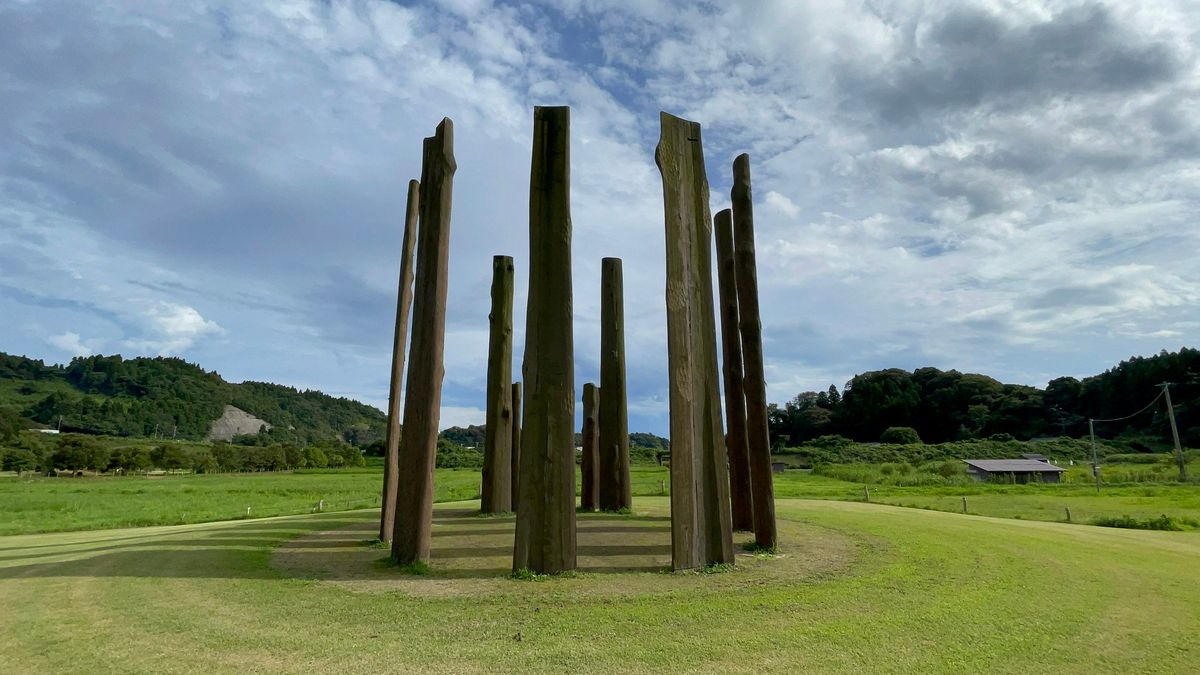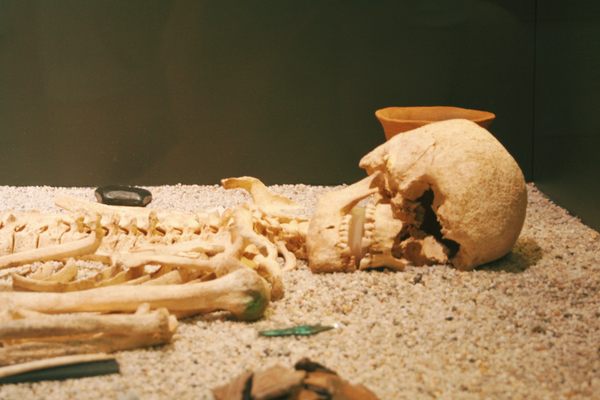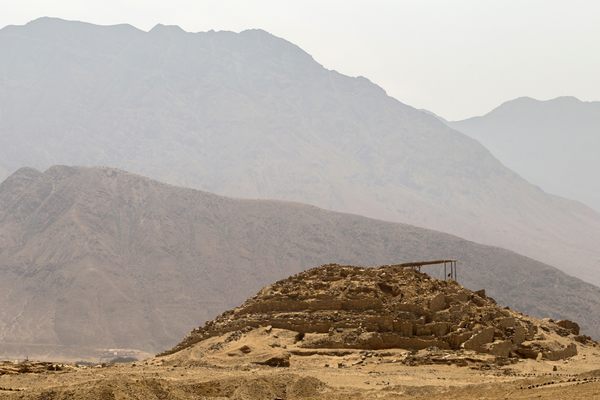About
The Mawaki Site in the Noto Peninsula, Ishikawa Prefecture, was continuously inhabited for over four millennia between 6,000-2,300 years ago, bearing witness to the dawn and twilight of the prehistoric Jōmon period of Japan.
Discovered in 1982-1983 during the pre-construction survey for a canal, the Mawaki Site contains several shell middens, mass graves, and the remains of a timber circle consisting of 10 chestnut poles, which has since been reconstructed on the site.
The diverse finds from the site include countless earthenware vessels, terra cotta idols, and skeletal remains, most notably the bones of hundreds of dolphins, which appear to have been hunted by the Jōmon people of Mawaki. Archaeological evidence suggests that not only did they feed on the dolphins but also used the bones to make tools and even traded them with tribes from other settlements.
Another fascinating artifact excavated from the Mawaki Site is a fragment of an ancient clay mask, the oldest of its kind known in Japan, likely once used in shamanistic rituals to ward off evil.
Related Tags
Hidden Japan: Sado Island, Nara & Kyoto
Explore a different side of Japan.
Book NowPublished
November 7, 2023






















